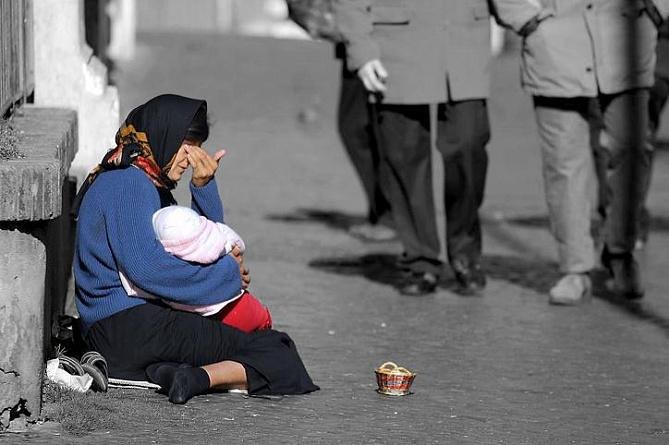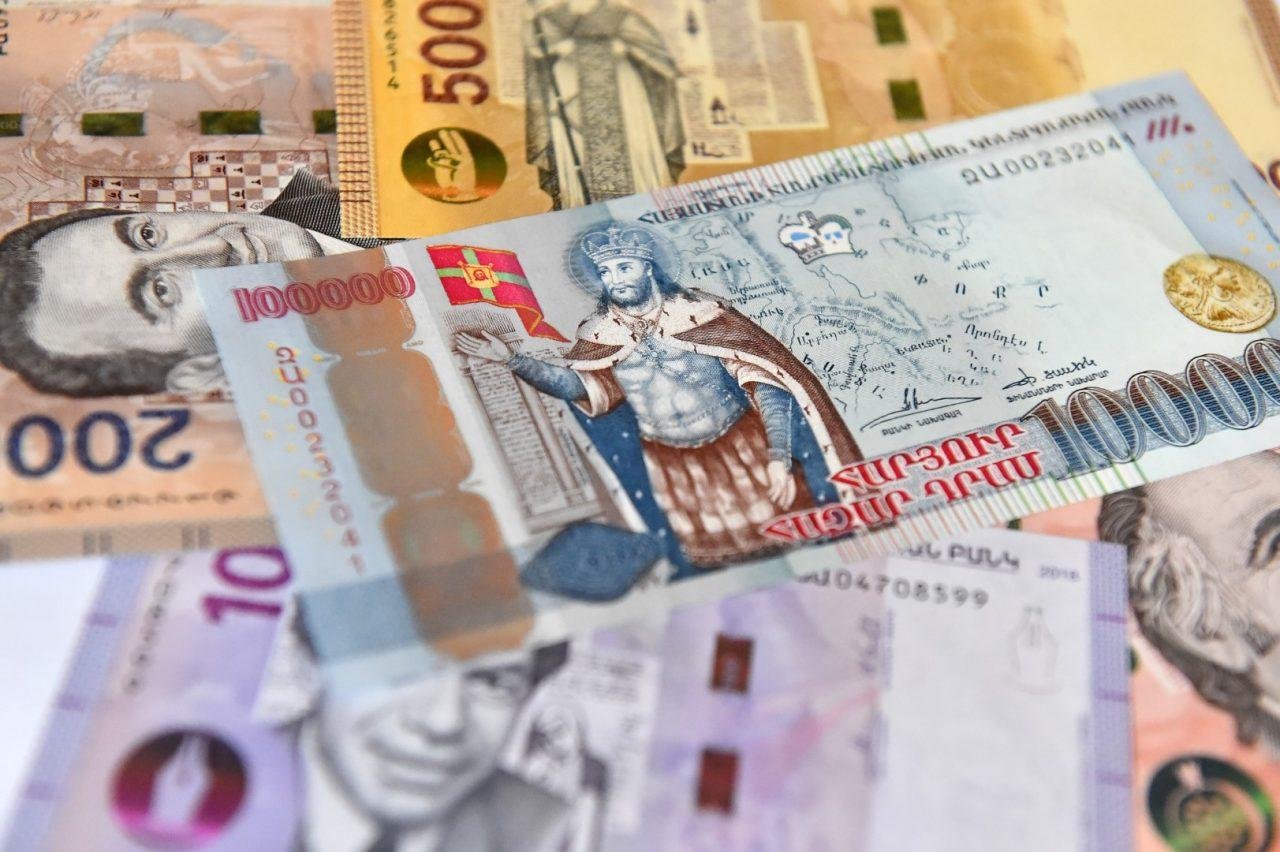Short-lived Armenian economic boom: free economic zone projects fail Review by Caliber.Az
The situation in Armenia is not changing for the better despite desperate attempts of giving impetus to the modernisation of the industry. Although economic statistics show growth, the Armenian government’s attempts to capitalise on the industry by attracting foreign companies to free economic zones (FEZs) have been futile. Target state concessional loans for the modernisation of enterprises are being written off, there are no new investors in the existing Armenian FEZs, and efforts of attracting residents to new clusters that were intended to be created in Meghri and Gyumri are also futile.
Contrary to the desire of the government led by Armenian Prime Minister Nikol Pashinyan to reform the post-COVID-19 pandemic economy of the country, which suffered a crushing military defeat in 2020, it was impossible to overcome the old barriers that have been preventing Armenia from fully integrating into the economic and infrastructure systems of the region for three decades. Armenia’s non-involvement in the regional system of division of labour, the lack of access to transport hubs and sources of affordable energy, and the difficulty in accessing cheap raw materials and components for many decades have resulted in a decrease in profitability and an increase in the cost of production, which deprives Armenia of the prospects of becoming any noticeable regional exporter.
All these problems have not disappeared even despite the positive economic statistics of the last period, which the Armenian government is actively promoting, trying to pass off as real profound shifts in the development of the country. Thus, according to official statistics, the growth of economic activity in Armenia for the three quarters of this year increased to 14.1 per cent per annum (from 4.4 per cent a year earlier), along with high growth in exports and imports. It would seem quite a worthy result, but as you know, the devil is in the details.

Firstly, all calculations of the National Statistical Committee of Armenia are carried out from a “low base” - the collapsed national economy in 2020-2021, and if we evaluate the growth dynamics in absolute figures, rather than percentage, focusing on the indicators of pre-crisis 2019, it will become clear that the data on business activity is not as positive as it seems at first glance. Secondly, no fundamental changes testifying to a qualitative change have been observed in the Armenian economy this year. Three external factors, namely, an increase in donor assistance from the EU, a big influx of tourists and relocators from Russia, which is under sanctions, as well as an increase in trade operations with the Russian Federation, influenced the growth of business dynamics.
Moreover, the latter is not associated with Armenia’s turning into a transshipment base for the re-export of foreign products and equipment to the Russian Federation, bypassing Western sanctions, rather than with an increase in the supply of products from Armenian enterprises or the agricultural industry (agriculture even showed a decline of 0.7 per cent). In particular, according to the National Statistical Committee’s data for the three quarters of this year, Armenian exports grew by 63.8 per cent, with Russia leading the top three for the reporting period - $1.405 billion, an increase of 2.4 times. A multiple increase in Armenian exports to the Russian Federation would simply be technically impossible taking into account the deplorable local industry, especially the agricultural sector.
The mentioned figures are explained this way. Armenian trade organisations, having no fear of secondary sanctions, set up a massive re-export of sanctioned goods, components and equipment to Russia through the EU countries’ connivance, mainly “sister” France, turning a blind eye to Yerevan’s violations of the regime of international restrictions on trade with Moscow.
“Despite the favourable statistical data for the three quarters of this year on the growth of economic activity by 14.1 per cent per annum, in reality, it has big risks as it is caused by external factors, namely, an increase in the number of visitors with “their wallets”, an increase in international donor assistance and the so-called parallel trade,” Armenian ex-Minister of Finance, international consultant on public finance management Vardan Aramyan said. He noted that the real growth rates of the country's GDP are estimated by experts at 4-4.5 per cent, but the given statistics are stipulated by temporary factors related to the situation around Ukraine.
“The Armenian economy will be unable to grow steadily in the long term, without some big transformations, an increase in investment activity, the growth of the export-oriented sector, and if the geopolitical situation changes, we may have nothing,” Aramyan added.
Such conclusions are quite justified, and the Armenian media have repeatedly written about this. Proceeding from the statistics of the National Statistical Committee, it becomes clear that the main share of growth in the structure of Armenian GDP from January through September 2022 was ensured by the service sector - an increase of 27.1 per cent, the trade sector - 14.5 per cent, the real estate sector - 14.3 per cent and mainly tourism, catering and hospitality. In particular, 1.4 million of tourists arrived in Armenia during the first 10 months of 2022, 46 per cent of which were citizens of the Russian Federation.
Moreover, there were quite a few relocators among them in the first half of the year, while mostly Russian citizens hiding from mobilisation have been recently there. The other side of the massive influx of foreigners into the country was the high pressure of the currency supply on the real estate and consumer goods market. All this accelerates inflation, which reached 9.9 per cent in late September - year on year.
Yerevan's policy of increasing foreign borrowing is also detrimental to Armenia’s economy. In general, during the activity of the government led by Pashinyan, Armenia’s state debt increased by more than 45 per cent and today exceeds $9.97 billion. In particular, the Armenian state debt increased by $1.3 billion in 2021, or 16 per cent while by $748.36 million from January through July 2022. This practice was also observed in the following months. The loan agreements with the French Development Agency and the Asian Development Bank worth 100 million euros ($105.4 million) and $100 million, respectively, have been recently signed.
he International Monetary Fund (IMF) is preparing to issue a loan of $165.6 million to Armenia. The tranches of EU financial assistance in total, reaching 2.6 billion euros ($2.7 billion), are still paid.

However, most of the external borrowing is used to pay off the budget deficit, and this donor assistance is disappeared in the treasury, having almost no effect on the financing of the real economy. The prospects for attracting portfolio foreign private investments in the Armenian industrial sector are small. A brilliant example is the futile efforts of the Armenian government to create various types of free economic zones in the country.
According to the data of the Central Bank of Armenia, about 92.2 per cent of concessional state loans issued to businesses in 2020-2021 as part of the anti-crisis programme were spent to pay salaries, utility bills, purchase raw materials and tax payments. That is, borrowed funds were practically not used to purchase new equipment or expand production.
Moreover, Armenian manufacturers have today faced the problem of a 20 per cent appreciation of the dram rate against the US dollar, which greatly reduced the attractiveness of the country as a location for export-oriented industrial enterprises.
The lack of investment prospects is noticeable amid the unsuccessful attempts to attract new portfolio investors to the four free economic zones created in Armenia.
Some $16.2 million has been invested in micro-projects so far in two FEZs created a decade ago, Alliance and Meridian. It has been recently impossible to attract a single resident with a significant industrial intention. The relatively new "Meghri" FEZ, on which the regime of "reformers" pinned so many hopes, taking into account the investment promises of Iran and Russia, has been unable to attract a single resident yet.
It is not surprising, as lawsuits have been filed around the Meghri zone for the fourth year in connection with illegally allotted land plots. As a result, the entire territory of the FEZ is 1.7 hectares, and apart from the unfinished administrative building, no infrastructure has been created here. The situation around another ambitious project, namely, the creation of the production and logistics-free economic zone "Eurasian Logistics Park" in Gyumri city is also deplorable.
Yerevan expected to attract $540 million of foreign investments to this 320-hectare-cluster, creating about 56,000 new jobs within 10-12 years. However, these projects were not destined to come true. According to the latest data from Civilnet.am, all planned work on creating a free economic zone has been suspended.
There are no data on the cluster in Gyumri in the list of operating FEZs posted on the website of the Armenian Ministry of Economy, and in the register of permits. No new information is posted on the website of the operator company.
Moreover, the company that undertook to build and launch the first part of the capacities of the Eurasian Logistics Park is currently listed in the register of the State Revenue Committee as the company which has ceased activity.
It is clearly seen on satellite photos of Google Earth that no earthworks have been carried out in the territory allotted for the FEZ in Gyumri.








